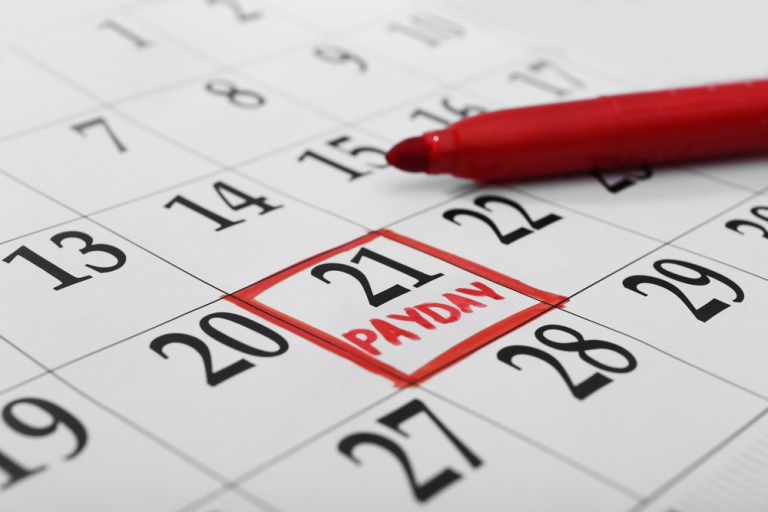
Payroll cards are an important vehicle to ensure that employees — particularly those who are underbanked and unbanked — are able to efficiently receive their wages. Yet, the tool has also earned a controversial reputation, thanks to legal disputes and regulatory concerns over high fees that can come with certain payroll card products.
Clearly, there is room for improvement. In a new report by the Center for Financial Services Innovation (CSFI), authors Kaitlin Asrow, manager of CFSI, and Andrew Dunn, CFSI data associate, explore exactly which aspects of the payroll card is working for today’s employees, and which aspects should be considered for a makeover.
In its “Making Payroll Cards Work For Employees” report, published earlier this month, CFSI acknowledges the challenges that payroll card fees impose on its users. Most users of payroll card products are not burdened by excessive fees, the report noted, but there remains a significant portion of users who are burdened in this way. In addressing the issue of excessive fees, the payroll card industry has an opportunity to remake its reputation, from a payment vehicle for employees who have no other option in how they get paid to one that employees strategically choose over other vehicles, like direct deposit, for financial management and convenience.
A New Reputation
To explore how payroll cards are changing their perception, the CFSI surveyed 684 payroll card users about how and why they use the tool.
As researchers found, payroll cards are quickly proving their reputation to be false. Typically, the payroll card is associated with low-wage positions for underbanked employees. Yet, according to the report, there is a wide range of salary levels using payroll cards today. While more than a third are used by professionals with incomes ranging between $30,000 and $59,999, the CFSI’s survey found 16 percent of payroll card users earn more than $100,000.
The payroll tool is also often associated with the food industry, but the CFSI also found payroll cards to be popular among IT professionals, sales representatives or professionals with more than one job.
Perhaps the most important characteristic of payroll card users that runs contrary to reputation is the fact that most users are banked: 84 percent have a checking account and 74 percent have a debit card linked to their checking account. Nearly three-quarters report having a savings account and 71 percent said they also have a credit card. What’s important about this finding is that these professionals have the choice to be paid via check or direct deposit, yet may choose payroll cards for their convenience.
Room For Improvement
The CFSI survey found that, though more than a quarter of surveyed payroll card users are considered “engaged” (that is, they use the card frequently to make payments and engage with their finances), even more users (33 percent) are considered “hesitant.” According to researchers, these users are not as comfortable or satisfied with payroll cards, do not feel well-informed about their cards and are hesitant to use the tool everywhere they make payments.
“I don’t use it at iffy places,” one respondent said. “I don’t use it at the store or places where you never know if they have a fake card reader. I don’t use it at ATMs — I just go to the bank and withdraw my money and it will be free. Maybe once or twice I use it at a gas station, but not really.”
The most common category of payroll card users, though, is the “established user,” making up 40 percent of survey respondents. While these users are comfortable with payroll cards and have been using the tools longer than other survey respondents, they are not using the tools to their full potential. Instead, they use their payroll cards for nothing other than to load their wages.
There are opportunities for payroll card providers to improve their services for all three categories of payroll card users, such as enhancing visibility into fees, promoting education for users on functionality of their payroll cards and addressing security concerns. But for established users, researchers suggest payroll card providers must increase engagement.
“This group may become more engaged if providers add new features to their cards, or offer more information that illustrates the payroll card’s multi-functional uses,” the report concluded.